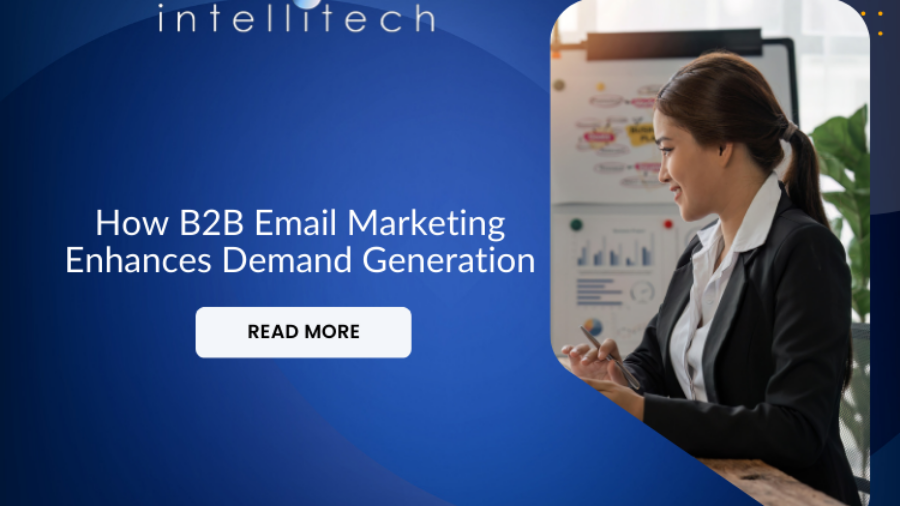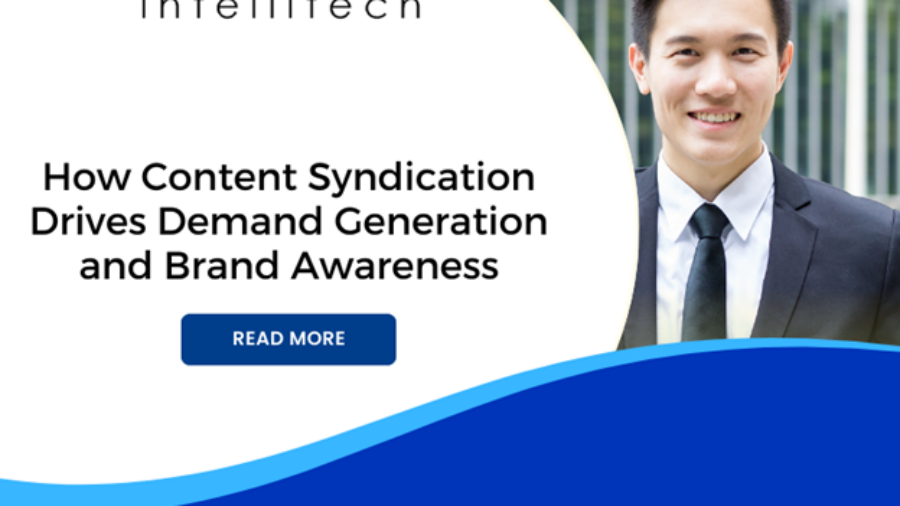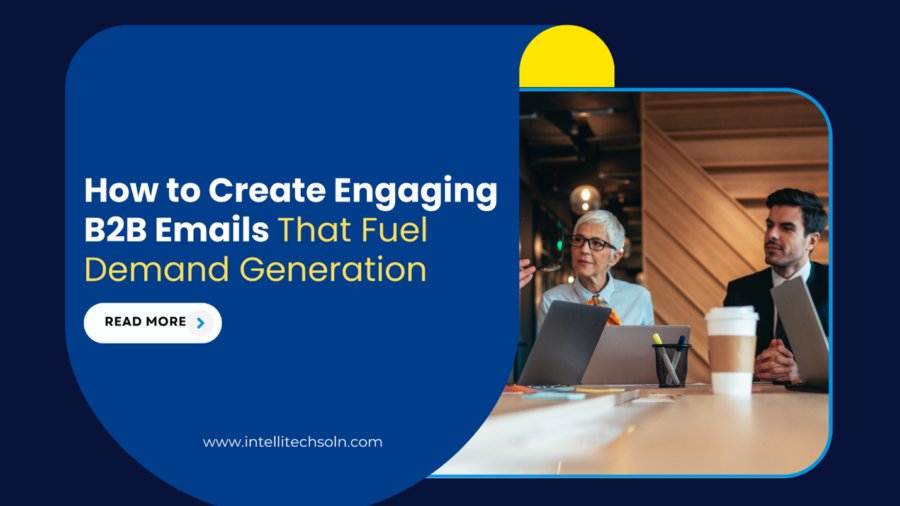In the fast-paced world of B2B marketing, email marketing remains one of the most effective and reliable tools for enhancing demand generation. For B2B companies, email marketing goes beyond simple promotional messages—it serves as a personalized, data-driven approach to nurture leads, educate prospects, and ultimately drive them toward purchasing decisions. In this blog, we will explore how B2B email marketing enhances demand generation.
Personalized Communication
One of the primary benefits of B2B email marketing in demand generation is its ability to deliver personalized communication at scale. With advanced segmentation and automation tools, marketers can send tailored emails to different audience segments based on their interests, pain points, and stage in the buyer’s journey. This level of personalization increases the relevance of the content, making prospects more likely to engage.
Data-Driven Insights
Another significant advantage of B2B email marketing in demand generation is its ability to provide data-driven insights. Email marketing platforms offer robust analytics, allowing marketers to track open rates, click-through rates, conversions, and other key metrics. This data is invaluable for understanding how well email campaigns are performing and for optimizing future campaigns.
Cost-Effective and Scalable
In addition to being highly effective, email marketing is a cost-efficient way to enhance B2B demand generation. The scalability of email campaigns allows B2B marketers to reach thousands of prospects with a single message, maximizing the potential for lead generation without breaking the budget. Furthermore, email marketing campaigns can be automated, saving time and resources while still maintaining the personalized touch that makes email so impactful.
Conclusion
B2B email marketing plays a vital role in enhancing demand generation by providing personalized communication, delivering data-driven insights, and offering a cost-effective solution for reaching a large audience. By continuously optimizing email strategies and leveraging the power of automation, businesses can ensure that email marketing remains a cornerstone of their demand generation efforts in an increasingly competitive landscape.




